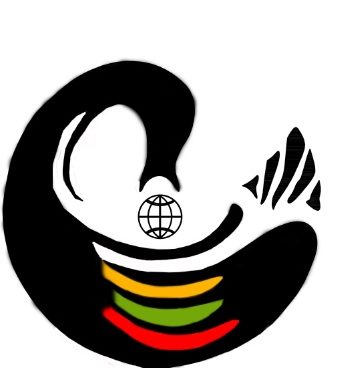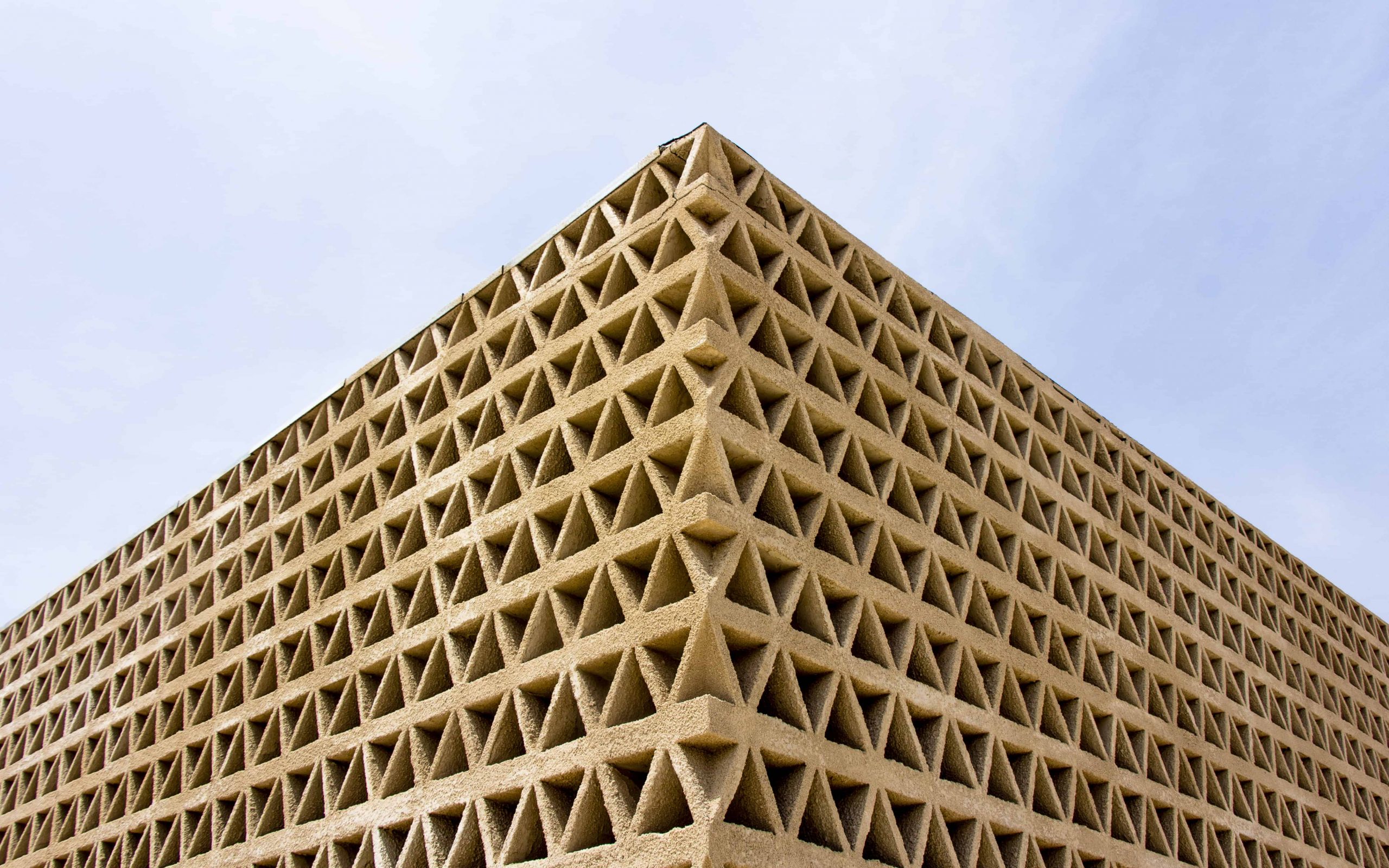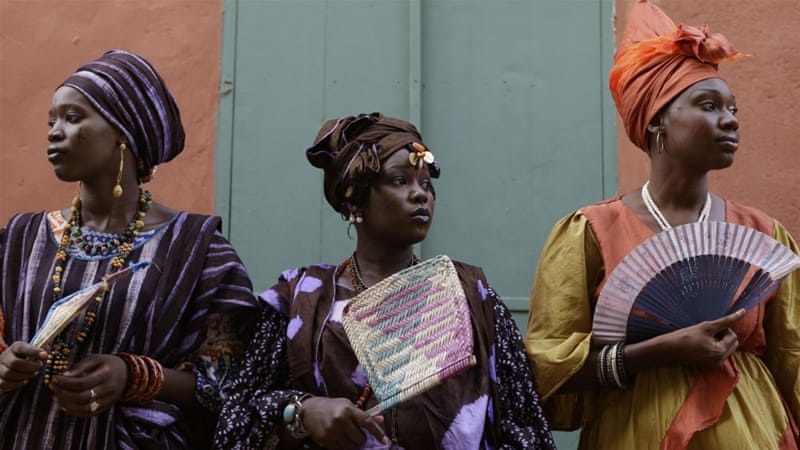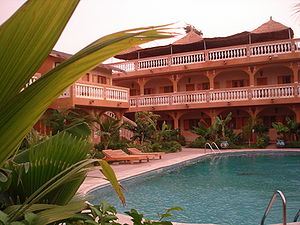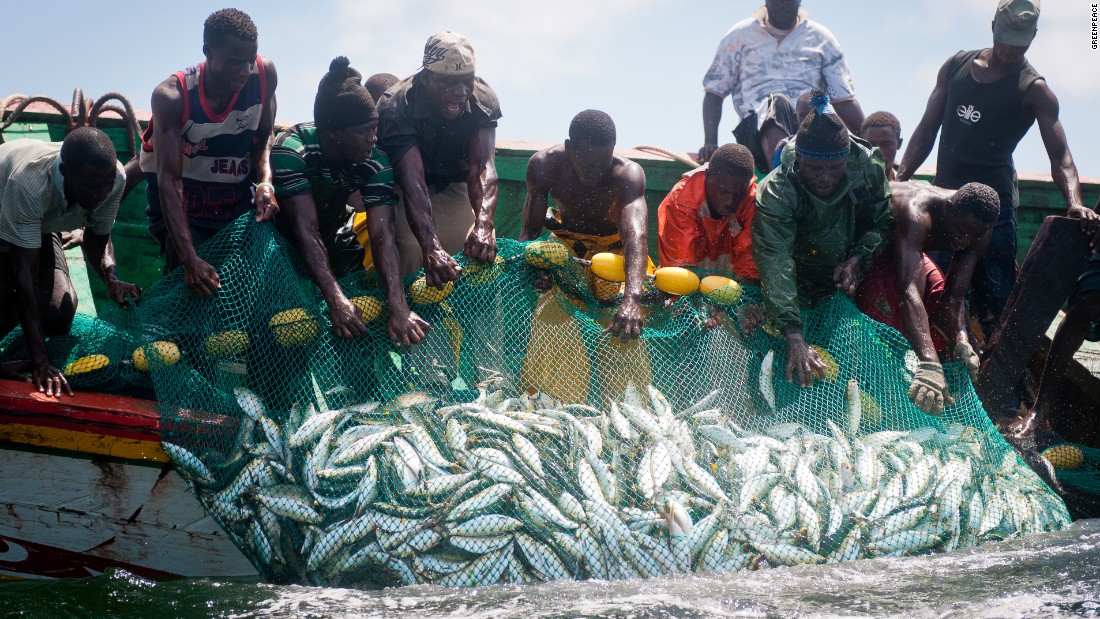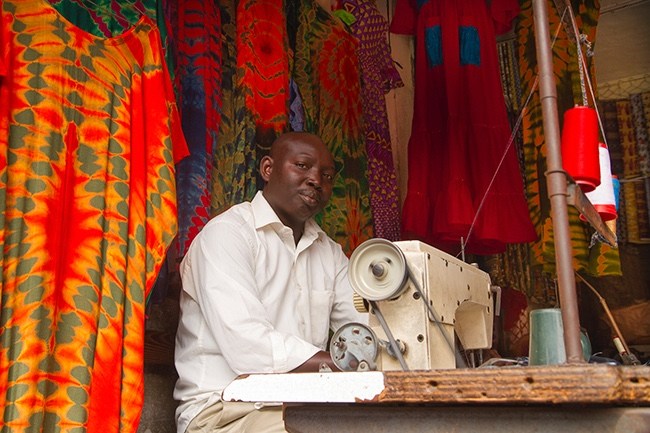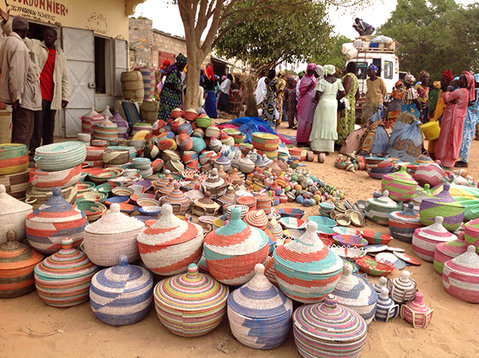Senegal is located in western Africa and known as the “Gateway to Africa” The region today known as Senegal was long a part of the ancient Ghana and Djolof kingdoms and an important point on trans-Saharan caravan paths. It was also an early point of European contact and was opposed by England, France, Portugal, and the Netherlands before ultimately coming under French control in the late 19th century. The Wolof comprise about two-fifths of the total population, and their language is the most widely used in the republic. Under the traditional Wolof social structure, similar to those of other groups in the region, people were divided into the categories of freeborn (including nobles, clerics, and peasants), caste (including artisans, griots, and blacksmiths), and slaves. The Serer, numbering slightly more than one-seventh of the population, are closely related to the Wolof. The Tukulor make up more than one-fourth of the population. Some 39 languages are spoken in Senegal, including French (the official language) and Arabic. Linguists divide the African languages spoken there into two families: Atlantic and Mande. The Atlantic family, generally found in the western half of the country, contains the languages most widely spoken in Senegal—Wolof, Serer, Fula, and Diola. Mande languages are found in the eastern half and include Bambara, Malinke, and Soninke. Islam is the religion of the vast majority of the population, practiced through involvement in groups known as Muslim brotherhoods. In Senegal the three primary brotherhoods are the Qadiri (Qadiriyyah), the Tijani (Tijāniyyah), and the Mourides (Murid, Murīdiyyah). The Senegalese economy has traditionally revolved around a single cash crop, the peanut. The government, however, has worked to diversify both cash crops and subsistence agriculture by expanding into commodities such as cotton, garden produce, and sugarcane as well as by promoting nonagricultural sectors. Senegal’s known mineral deposits consist primarily of phosphates of lime, located at Taïba, near Tivaouane, about 60 miles (100 km) northeast of Dakar, and aluminum phosphates at Palo, near Thiès. Although written forms of languages spoken in Senegal have existed for some time, the country’s cultural heritage is preserved through oral tradition, mainly by the oldest men of the community, who are at the summit of Senegal’s hierarchical society. Independence Day is celebrated on April 4th.
Visit . La Maison des Esclaves
Visit the national landmark, mosque of divinity
Visit the island of gorree
